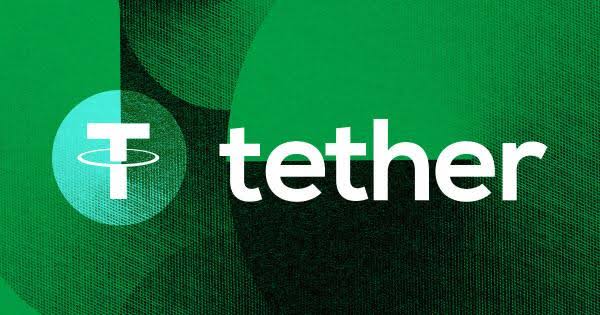One of Tether’s co-founders, William Quigley, claimed that while privately produced stablecoins are “beneficial to society in every respect,” the recent launch of PayPal’s PYUSD token is unlikely to result in significant innovation.
“I don’t think much innovation will come from PayPal,” Quigley said in an interview. “I think PayPal will see this principally as a cost saving. They may or may not pass on a portion of that to their end users.”
Tether (USDT), by far the biggest and most liquid of the dollar-pegged tokens, is in charge of the stablecoin market. Circle’s USD Coin (USDC) is the second-largest and most liquid stablecoin.Given its access to hundreds of millions of wallets worldwide, there is no reason to doubt PayPal’s potential to upend the stablecoin leaderboard.Quigley, who left Tether in 2015, also invested in Paypal early on even though he no longer owns any of the company’s stock.He asserted that he was aware that PayPal had been considering stablecoins for seven or eight years, partly motivated by the opportunity to save money on the numerous multicurrency transactions made by hundreds of millions of PayPal users.
Financial intermediaries are everywhere in the payments industry, and they all charge fees for their services.PayPal must purchase a variety of currencies, such as yen, euros, rupees, won, and others, and store them in banks all around the world in order to create a stablecoin.After PayPal tokenizes the currency backed by those bank deposits, it will have a private, multicurrency money supply that is independent of the global financial system and devoid of any outside toll collectors, according to Quigley.This means that because PayPal already possesses both currencies, it may settle transactions without the use of a financial institution when an American consumer using dollars buys a product from a German merchant who needs euros.
“All transactions are now done on its private blockchain outside of the Visa network and the banking system,” Quigley said. “There are no financial intermediaries anymore – just PayPal. There is no third-party FX intermediary taking margin because real currency is not being swapped. It’s just one token being exchanged for another. There’s no FX or interchange fee.”
According to Quigley, PayPal can take advantage of its new stablecoin network in one of two ways. PayPal now charges customers and businesses 200 basis points or more to exchange currencies during international transactions.
“PayPal can continue to assess consumers’ and merchants’ currency conversion fees on each transaction even though it no longer incurs those fees, and retain 100% of those fees as profit. Or, it can eliminate the currency conversion charges it has heretofore assessed its customers and lower their overall cross-border transaction costs,” he said.
Because of recent interest rate increases, large stablecoin operators, who keep several billions of dollars in assets like U.S. Treasury bills, are earning spectacular rates on those reserves, a possible source of income Quigley admits he didn’t anticipate.
“When we did Tether, I thought of it as a charitable contribution to the open-source blockchain community,” he said. “I remember someone said, ‘What if we got like $500 million in deposits?’ Keep in mind, interest rates were basically zero at that time, and of course, I never thought it would get to $50 billion.”


